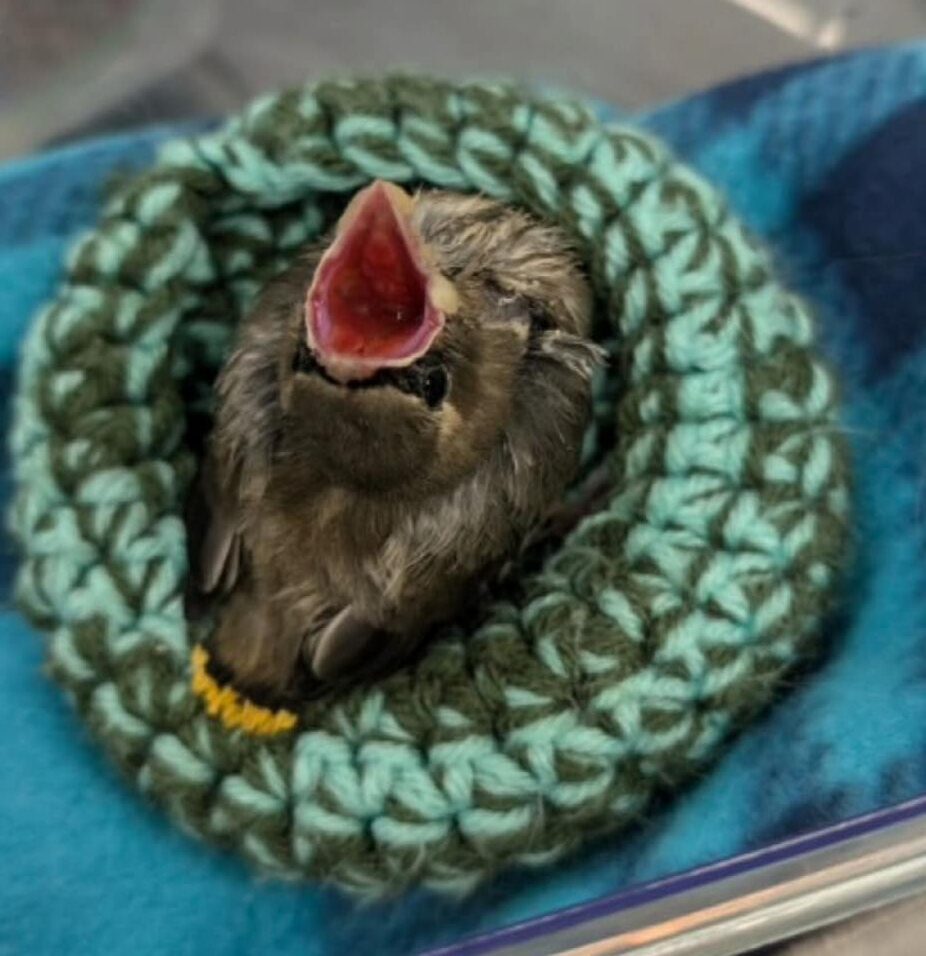
Bird Justice – Migratory birds and the laws that protect them
In April of this year, five men were indicted by a federal grand jury for alleged baiting and luring of migratory birds on guided hunting trips through their company Show Me Your Snows. The men were charged with two felonies: violation of the Lacey act and allowing the unlawful sale of wildlife, as well as misdemeanors for baiting wildlife and using an electronic calling device to lure geese or ducks to be killed. Read the full article here.
The Migratory Bird Treaty Act of 1918 is a U.S. federal law to protect birds that migrate between the U.S. and Canada. Later amendments included Mexico, Japan, and Russia. The Act makes it unlawful, without a waiver, to pursue, hunt, take, capture, kill or sell birds listed within the act as migratory birds, live or dead, as well as any parts of the birds such as feathers, eggs, and nests. Some notable exceptions are the eagle feather law, which regulates the taking, possession and transport of bald and golden eagles and their parts for scientific, educational, and depredation control purposes, or for religious purposes of American Indian tribes.

The Lacey Act of 1900 is a conservation law that prohibits the trade of wildlife, fish and plants that have been taken, possessed, transported, or sold illegally. The law makes allowances for the Secretary of the Interior to aid in restoring game and birds in parts of the U.S. where they have become extinct or rare, as well as regulating the introduction of animals to places where they have not existed previously. Today, the Lacey act is primarily used to prevent the importation or spread of potentially dangerous non- native species.
Continue reading: WMC_newsletter_may2018
Kate Keets VM2021
WMC Conservation Chair



